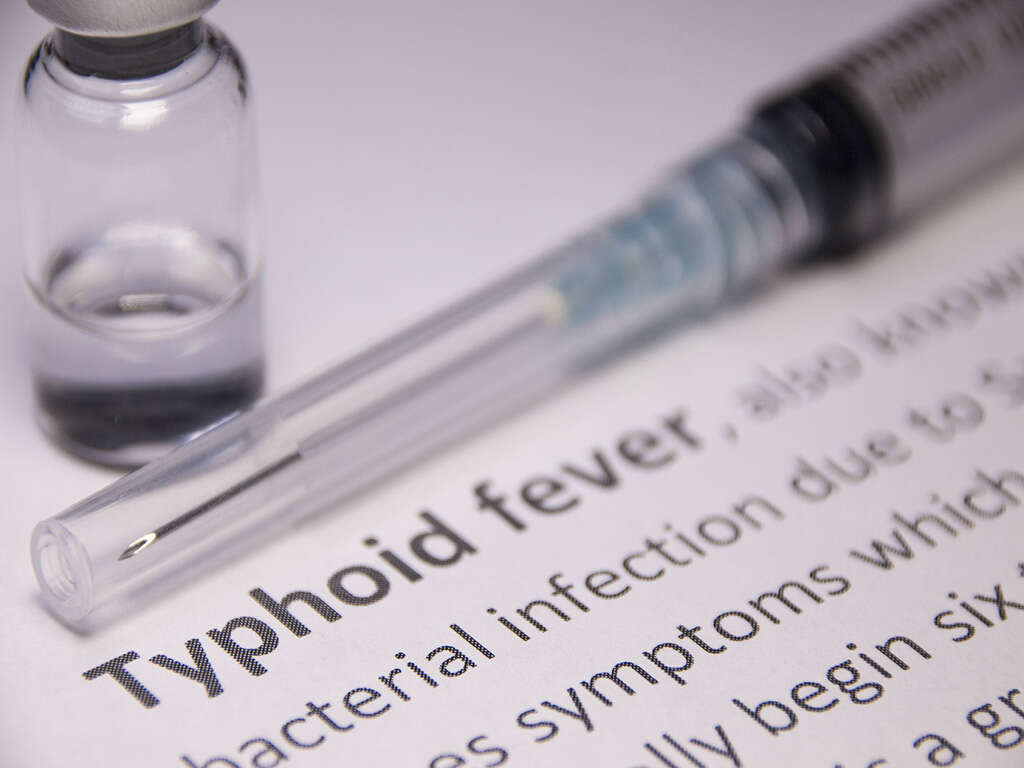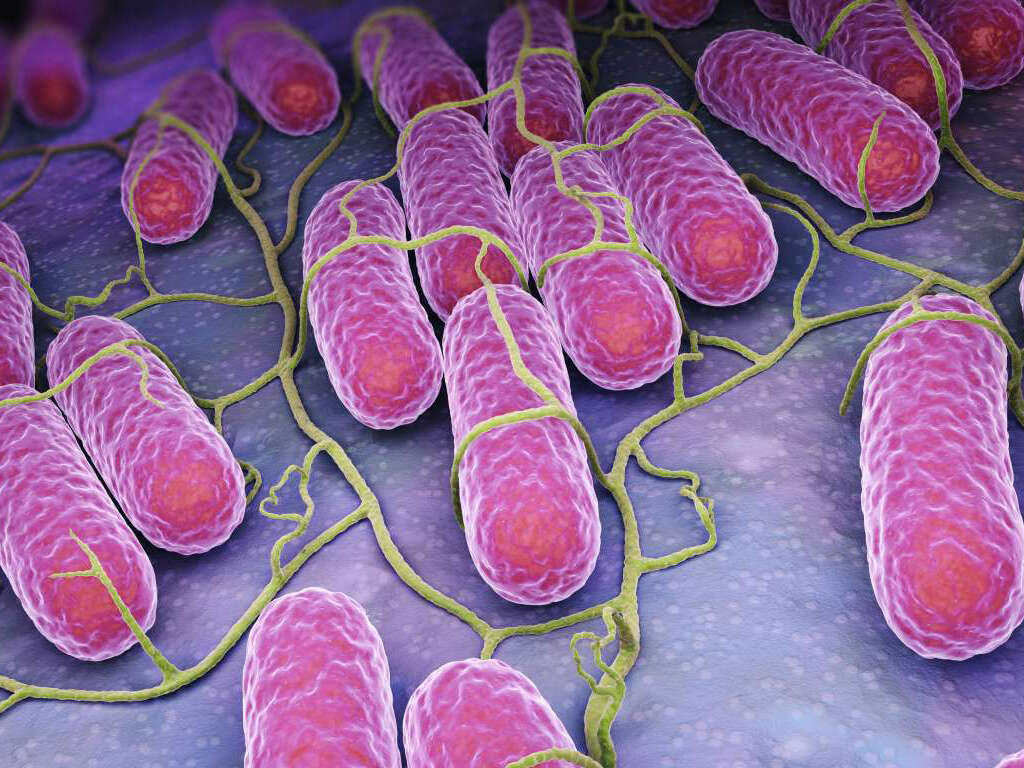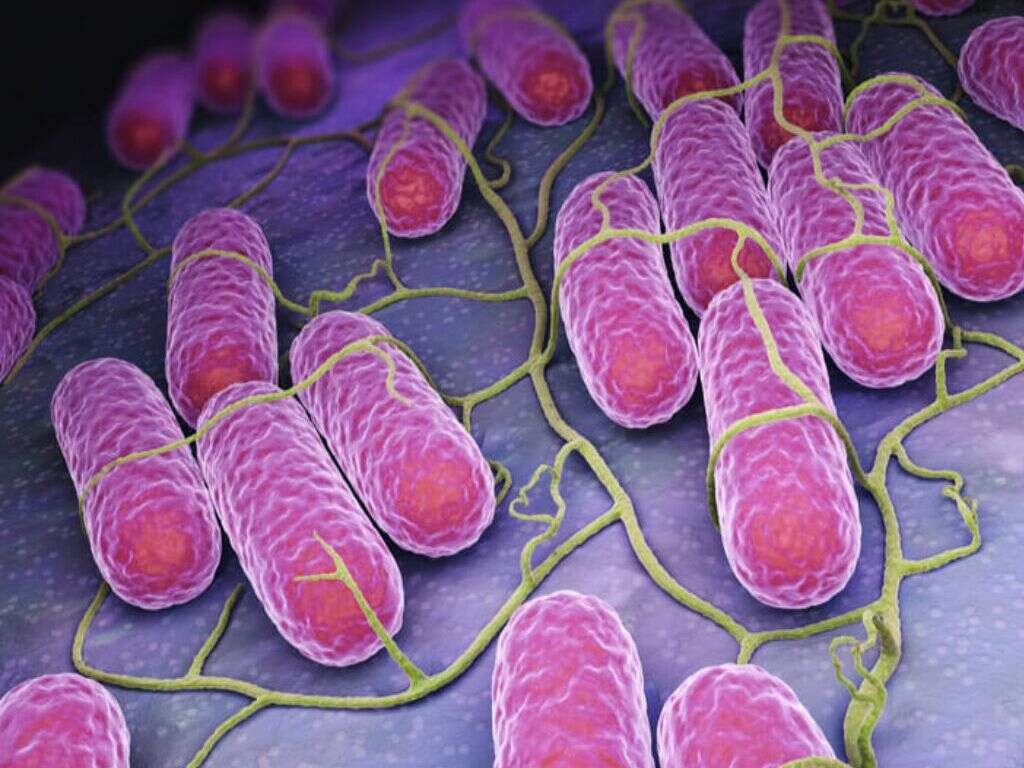10 Salmonella Poisoning Symptoms
It is very important that we take precautions when preparing food. If we are not careful then we might end up eating food that is laden with harmful bacteria. This is less likely to happen in the developed world where food safety standards are higher, but even there it is important to be careful.
If there are harmful bacteria in your food then it can make you quite ill, even if the bacteria are not always dangerous. They can be very dangerous indeed in some cases, however, making it even more important to take all reasonable reactions. One type of bacteria that can cause food poisoning is salmonella, and infections by the bacteria range from being mild to downright deadly.
1. Headaches
Headaches are a part of life for many people, and some will experience them on an almost daily basis. Thankfully they are less frequent for most people but they are still one of the most common symptoms that human beings will experience. They are usually the result of benign causes, but not always.
Salmonella infections are likely to cause headaches, among other symptoms. The severity can range from person to person and it can be agonizing for some. While it can be easy to try and pass off a headache as something harmless, you should speak with a doctor if you feel as though something is not right.
2. Abdominal Cramps
Stomach pains are common and they can be very uncomfortable. In some cases, they can have you curled up wishing that you hadn’t eaten that treat that you knew would disagree with you. They will usually pass without having caused any real harm, although you might end up promising yourself to be more cautious in the future.
Abdominal pains can be a sign of a potentially serious underlying problem, however. It can mean something like salmonella so it is wise not to be complacent. If you feel as though your pains are more than just indigestion, then you should go with your instinct and see your doctor as soon as you are able to.

3. Nausea
Nausea is one of those symptoms that can happen with little warning. There are many potential reasons, many of which are quite harmless to us. In many cases, it is often simply because there is an unpleasant aroma that makes us feel ill. It will usually pass before long with no lasting harm done.
Nausea is sometimes caused by something more serious, however, including diseases like salmonella. Where there is nausea, vomiting is usually not far behind, and this can lead to other complications. If you have been feeling nauseas for some time and/or if the symptoms are severe, you should get medical advice.
4. Diarrhea
Nutrients and water are not absorbed from the food we eat immediately. It takes some time, so our food needs to remain in our digestive system long enough for that to happen. If our food was to pass through too quickly, for whatever reason, it will mean we are not able to absorb the fluids that we need.
When this happens, it is a condition commonly known as diarrhea. The patient’s stools will be very watery, and this means that water is being passed out through the body rather than being absorbed. This can lead to other complications so patients should be monitored, especially those that are particularly weak.

5. Dehydration
As mentioned, both vomiting and diarrhea can result in other rather unwelcome complications. One of these is dehydration. Quite simply, this is because fluids are being ejected from the body before they can be absorbed. Both vomiting and diarrhea can also lead to malnutrition in some cases.
Symptoms of dehydration include a dry mouth, low energy levels, and urine that is darker in color than usual. The solution to dehydration is simply to take on more water, but that is not easy in patients that have symptoms like excessive vomiting and diarrhea. It may be necessary for the patient to be put on an intravenous drip in some cases.
6. Muscle Pain
One way to fight back against bacterial infections is by the use of chemicals. We can do this with the help of some medications, but we also have a much more natural method. This being that some of our white blood cells will release chemicals to help combat bacteria and other pathogens directly.
This type of chemical warfare can be very effective in helping to keep us safe, but it is not without its side effects. One such side effect is that the chemicals lead to the inflammation of our bodily tissues. This, in turn, can result in the aches and pains that so many of us experience when we are ill.

7. Fever
When we fall ill, there is a good chance that we will get a fever. As unpleasant as a fever can be, they are actually very beneficial for us because they help to fight against pathogens. Fevers are effective because they heat up the body to temperatures that are beyond the comfort zones of pathogens.
It is not usually necessary to treat a fever – the symptom will likely run its course in due time. However, medication like paracetamol can help to at least reduce your temperature a little. Bear in mind that fevers can be dangerous, and medical assistance should be sought if they go too high.
8. Chills
The body has a certain mechanism that allows it to increase our body temperature. This mainly involves adjusting our metabolism in a way that makes us feel cold, even when we are not. This will then cause us to shiver and the friction caused by our shivering muscles will cause our body temperature to rise.
Chills can come and go as the body needs to adjust core temperature. Chills are not harmful in themselves and the symptom will pass once the underlying cause has been dealt with.

9. Bloody Stools
Salmonella can result in damage to the lining of the digestive system. This, in turn, can cause us to bleed internally. This can be very dangerous for us depending on the severity of the bleeding, so it is something that requires our full attention if it happens. One way to know we are bleeding internally is that it can cause us to have bloody stools.
In addition to being able to see blood in our stools, they can also be much darker than usual, and they can also have a tar-like consistency. Blood in your stools is not a good sign regardless of the suspected cause. They should encourage the patient to get medical assistance.
10. Typhoid Fever
In most cases, salmonella infections will only cause relatively mild symptoms and most people will make a full recovery in a few days or so. The symptoms can be worse and last for longer in some cases, but still, the patient will usually recover. It can be fatal in a very small number of cases.
Salmonella infections can also spread to other parts of the body, resulting in a disease known as typhoid fever. Typhoid fever is very dangerous indeed and around 1 in 5 people that don’t receive treatment for it will die from the disease. Treatment is available, however, and fatalities from typhoid fever in developed countries are now very rare.










